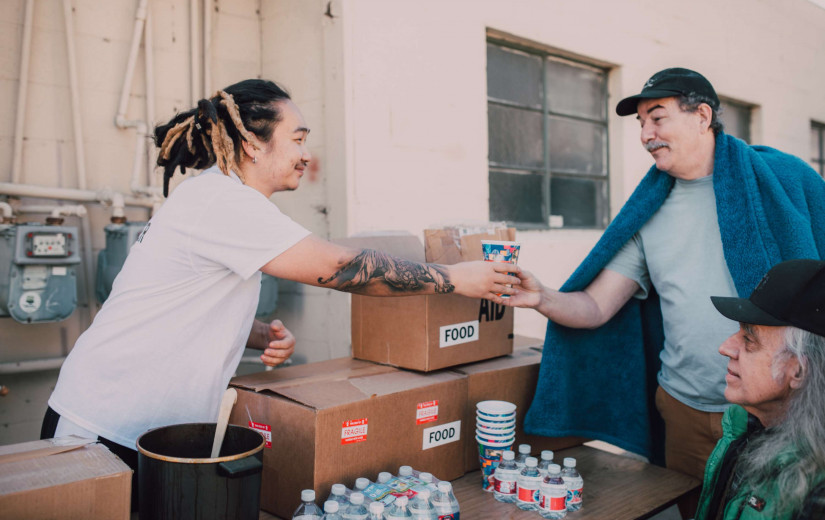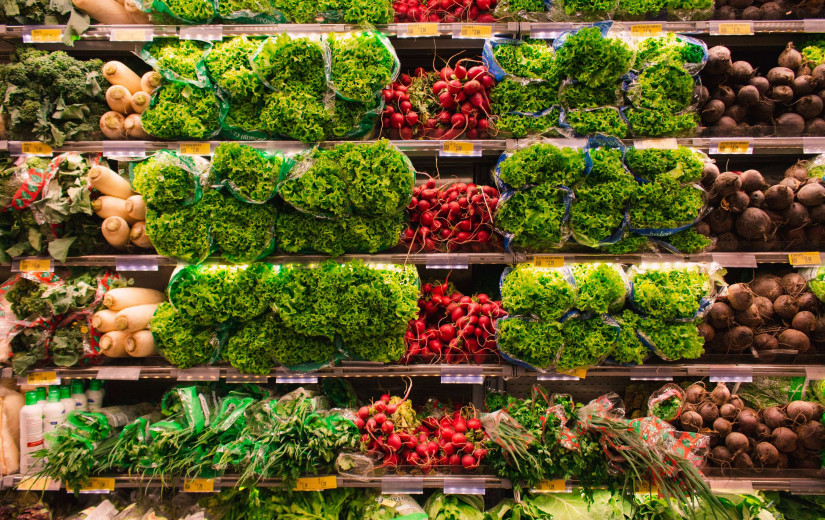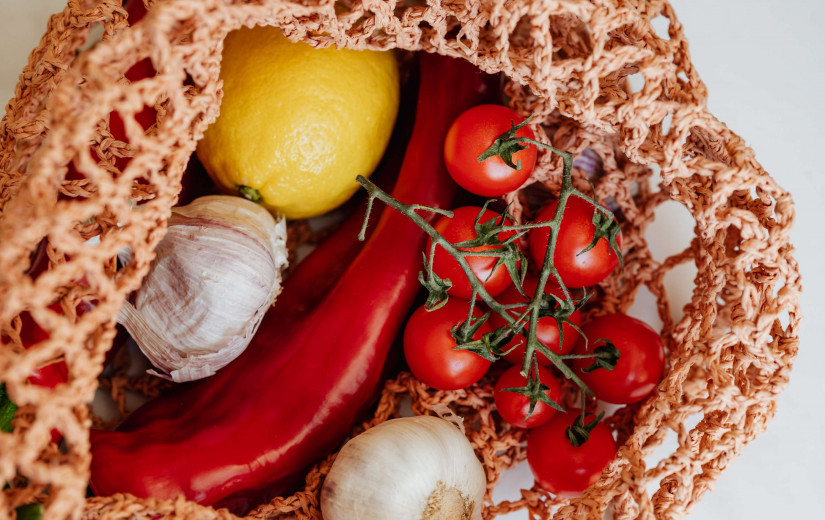North Dakota Seeing an Alarming COVID-19 Mortality Rate. This is Why
While it is true that the entire nation is experiencing a massive surge in COVID-19 cases, the state of North Dakota is being hit particularly hard. According to the Centers for Disease Control and Prevention (CDC), the mortality rate in this state is 107 deaths per 100,000 people. This figure makes North Dakota the worst state in the country right now for fatalities.
So why is North Dakota suffering so greatly? Medical experts and government officials are pointing to a number of factors that are coming together to create this perfect storm that has caused the COVID-19 cases to explode across this remote state. Here are just a few of these primary factors.
Vulnerable Population
It is a well-known fact that certain populations are far more vulnerable to becoming seriously ill when diagnosed with COVID-19. While children and younger adults generally fare very well with the illness, older people and those with underlying medical conditions are at risk of becoming seriously sick or dying. North Dakota has a big population of Native Americans. This segment of the population is five times more likely to die of the illness than white individuals. In addition, an aging population and a higher proportion of residents with comorbidities do not make it surprising that the state is seeing higher death rates than other places in the country.
Failure of Government Officials to Enact Proper Legislation
Many of the most progressive states in the country issued mask mandates early on in the pandemic. Conversely, North Dakota Gov. Doug Burgum did not enact this mandate until November 13. Although this legislation will certainly help to prevent future deaths, the damage has already been done in many cases. The bad news is that nearby South Dakota does not have this same mask mandate in place. Instead, South Dakota Gov. Kristi Noem is digging in her heels and allowing her constituency to decide whether they need to wear a mask or not.
Nursing Shortage and Lack of Safeguards in Place
Even before the pandemic hit, North Dakota was dealing with a nursing shortage. Just recently, the government had to reach out to the US Air Force and FEMA for additional resources and the staffing needed to deal with the health crisis. While many states were rushing to secure proper personal protective equipment (PPE) during the initial stages of the pandemic, North Dakota largely did nothing, thinking that they would be spared.
Compounding the problem is the fact that COVID-19 positive nurses are allowed to stay on the job if they are not showing symptoms. The interim State Health Officer Dirk Wilke, JD, is allowing asymptomatic healthcare workers to continue working on COVID-19 units within hospitals and nursing homes.
Sturgis Motorcycle Rally in Neighboring South Dakota
Many officials are also putting blame on the Sturgis Motorcycle Rally that was allowed to go on as scheduled in neighboring South Dakota last August. The gathering is now acknowledged to be a superspreader event. Even though the event itself was outside, thousands of people gathered inside in restaurants, bars, and at parties. Because people come from all over the country to attend this popular event, it is not shocking to learn that the virus was carried from Sturgis back to people's homes. This specific event has been linked to thousands of positive cases and numerous deaths.
COVID-19 Pandemic Fatigue
Like the rest of the world, many people in North Dakota are suffering from extreme pandemic fatigue. While it was relatively easy for most people to hunker down during the first lockdown, it is becoming increasingly difficult to convince these same individuals that they need to do it again. The onslaught of misinformation may also be contributing to the inability of some people to grasp the seriousness of the situation.
According to the most recent data, North Dakota has had at least 70,000 confirmed cases of COVID-19 along with 824 deaths. The end result of all of these factors is contributing to the significant health crisis facing everyone in the state of North Dakota. Other states can learn from these lessons to avoid being caught in a crisis like this.

















